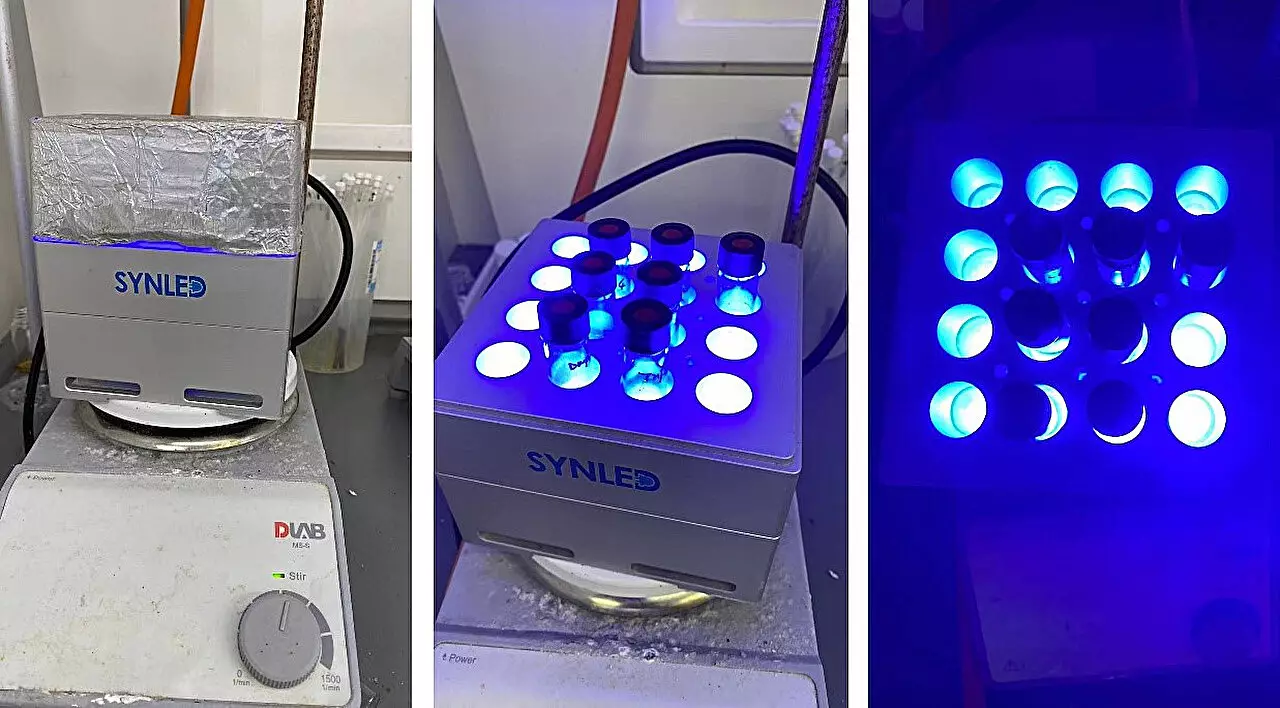Carbohydrates, often underestimated in the realm of molecular biology, play a crucial role in a variety of biological processes. They serve not just as energy sources but also as essential components of cell recognition systems, signal transduction pathways, and structural elements in tissues. As researchers increasingly uncover the significance of these molecules, the need for efficient synthesis methods becomes evident. The traditional approaches to carbohydrate modifications have long relied on complex and inefficient methodologies that limit their applicability in fields like pharmaceuticals, cosmetics, and biotechnology. An innovative biomimetic approach has recently emerged, transforming our understanding of how to convert natural sugars into valuable glycosides and glycoproteins.
The Breakthrough by NUS Researchers
A remarkable development in glycosylation has arisen from the collaborative efforts of researchers from the National University of Singapore (NUS), led by Associate Professor Koh Ming Joo, alongside scholars from the University of Oxford and the Rosalind Franklin Institute. Their research, published in the prestigious journal Nature, highlights a novel biomimetic method for synthesizing various glycosides without the convoluted use of protecting-group strategies typically mandated by conventional chemistry. This groundbreaking “cap and glycosylate” approach not only enhances the efficiency of carbohydrate synthesis but also serves to streamline the processes involved in post-translational protein modifications.
Beyond Traditional Greasiness: The Pitfalls of Protecting-Groups
The field has struggled for decades with the inherent challenges posed by protecting-group chemistries. Conventional methods involve extensive steps characterized by difficult procedures, thus generating excessive waste. This is particularly problematic given that many native sugars possess multiple reactive hydroxyl groups, complicating selective reactions. Such inefficiencies have hindered the transition to more sustainable and biocompatible states of synthetic glycochemistry. Koh aptly pointed out the tireless efforts made by various research groups to develop a more straightforward, protecting-group-free method of glycosylation, emphasizing the daunting complexity of the task.
A Nature-Inspired Solution: “Cap and Glycosylate”
The crux of the breakthrough lies in its sophisticated borrowing from nature. Enzymes known as glycosyltransferases exhibit a remarkable ability to catalyze selective glycosylations at the anomeric carbon while leaving other reactive sites untouched. By emulating this natural process, the research team has optimized a pathway to selectively activate the anomeric hydroxyl group of native sugars. The temporary formation of a thioglycoside acts as a crucial intermediate that undergoes subsequent stereocontrolled reactions, culminating in versatile glycosylation outcomes. The ease with which this method operates, similar to how biological systems function, points towards an astonishing simplification of a process that has historically been fraught with obstacles.
Broad Implications in Biochemistry and Drug Development
The ramifications of this biomimetic technology extend far beyond mere laboratory curiosities. The versatility of the “cap and glycosylate” approach opens up a plethora of potential applications. The method has been demonstrated to facilitate the synthesis of an array of glycosides—including C-glycosyl, O-glycosyl, S-glycosyl, and Se-glycosyl compounds—signifying its robustness across different chemical environments. Additionally, this technology emerges as a foundation for complex biomolecules, showcasing its capacity to facilitate the glycosylation of proteins, a domain that has previously encountered significant barriers.
As Professor Benjamin G. Davis aptly expressed, the pursuit of integrating supplementary information into biological structures enhances their functional potential. By generating glycosyl radicals as intermediates from native sugars, this research stands at the cusp of altering the methodologies for synthesizing glycosides and glycoproteins. The practical implications of these advancements are vast, heralding a new era of sugar-based therapeutics and the potential for significant innovations in drug development.
The introduction of this biomimetic “cap and glycosylate” technology could very well represent a watershed moment, not just for carbohydrate chemistry but for the broader fields of biochemistry and drug synthesis. By eliminating the need for protecting-groups, the process reduces costs, minimizes waste, and accelerates research timelines. Empowering scientists to explore saccharides in unprecedented ways offers a practical avenue towards significant advancements in both medical and cosmetic products. The shift toward more efficient carbohydrate synthesis can ultimately lead to the creation of novel therapeutics, enhancing our ability to tackle a variety of medical challenges in a rapidly evolving world.


Leave a Reply